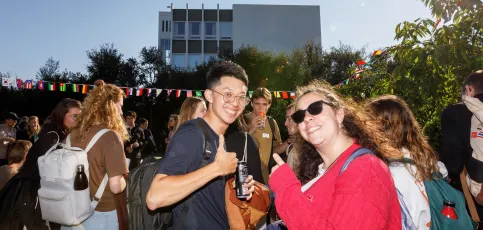

Join our Orientation Days and prepare for a successful start at the University of Iceland!
Get to know your fellow international and local students, find your way around campus and learn about the services on offer.
The University of Iceland is looking forward to welcoming new International Students!










International Division
Weekdays 10 am - 3 pm.
Incoming Exchange Studies
Personell